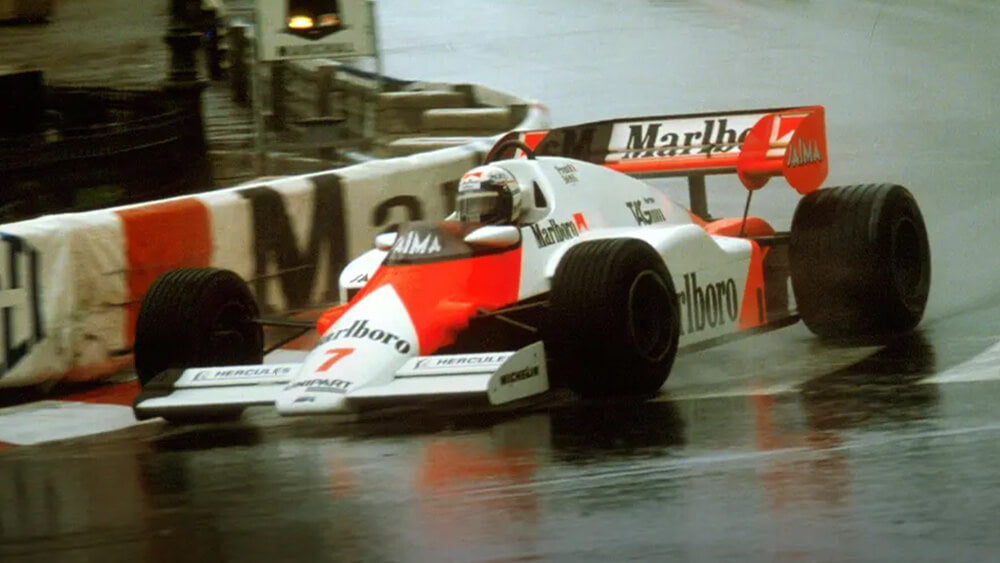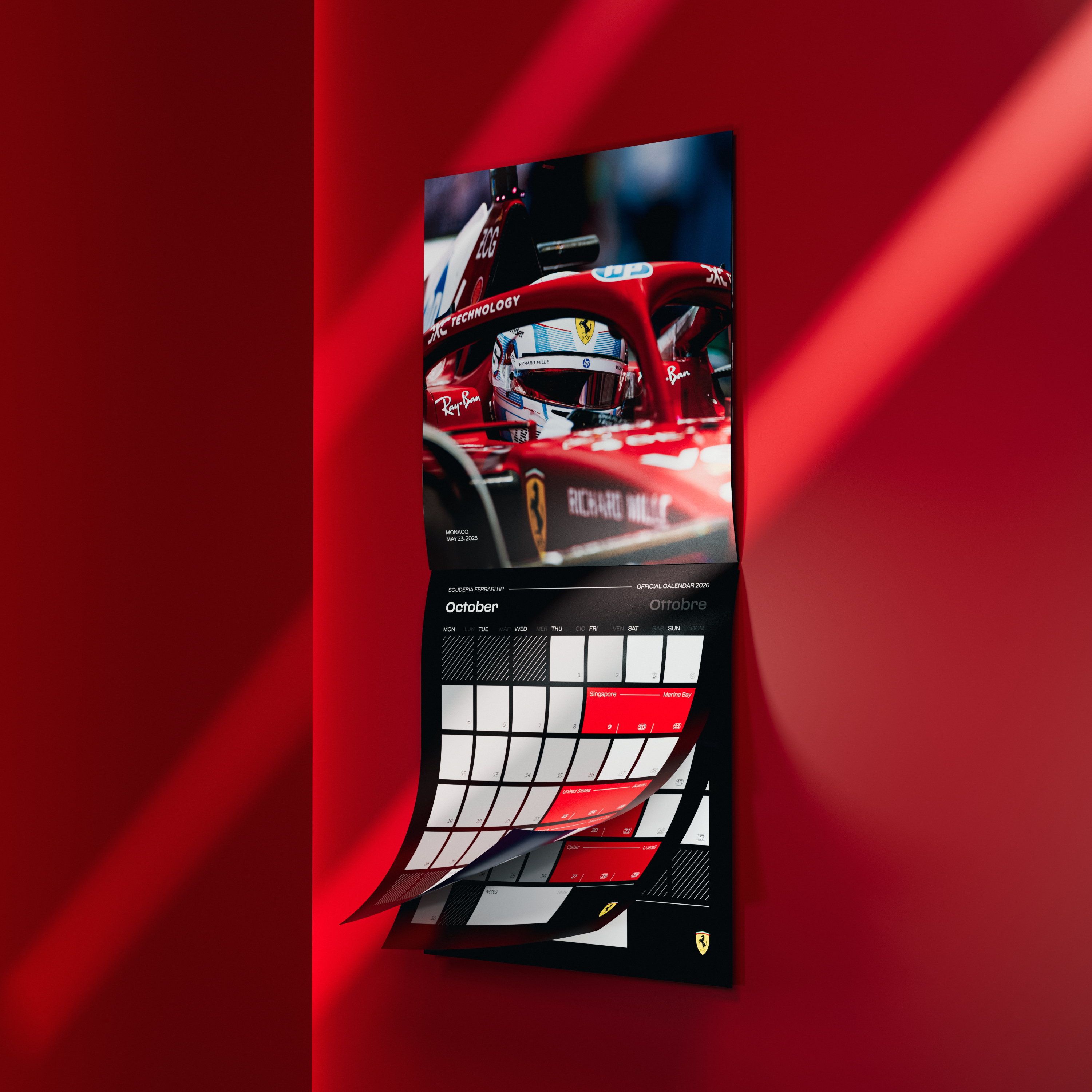Written by Richard Kelley
Founder Bruce McLaren and his Kiwi team made an immediate impact by winning the 1959 us Grand Prix, aged just 22 years 80 days; at that time, he was the youngest Grand Prix winner. Bruce won three more Grands Prix and countless sports car victories, including Jaguar, Aston Martin and Ford, with whom he won the 1966 Le Mans 24 Hours.
Tragically, Bruce lost his life in a testing accident, but the seeds had been sown for McLaren to accomplish great things, and they have. McLaren became the first and only manufacturer to win the Triple Crown – the Monaco Grand Prix, the Indianapolis 500 and the Le Mans 24 Hours.
It remains a stellar achievement in motorsports.
It all began in 1974 at the Brickyard and the running of the Indianapolis 500. AJ Foyt had grabbed pole position with Wally Dallenbach in the middle of the front row and Mike Hiss on the outside of the front row.
The second fastest qualifier was Johnny Rutherford, but he and his McLaren ended up starting 25th after forfeiting his position in the opening day qualifying line because of a blown engine.
At the start of the race, Wally Dallenbach took the lead, but he burned a piston and fell out on Lap 3. The first few laps saw Dallenbach, Dick Simon, Gary Bettenhausen, Mario Andretti, Mike Mosley and George Snider all out of the race before they completed ten laps!
 Johnny Rutherford during a pit stop in his McLaren M16D. Image Courtesy: McLaren
Johnny Rutherford during a pit stop in his McLaren M16D. Image Courtesy: McLaren
As AJ Foyt slipped into the lead, Rutherford’s McLaren was slicing through the field and by Lap 25, the Texan was in 2nd place, up from 25th. Foyt’s pace was stellar, only relinquishing the lead for pitstops. However, his third stop on Lap 64 proved very costly, taking nearly a minute, while Rutherford’s stop was 40 seconds quicker.
Rutherford led for the next 60 laps until Jerry Karl spun and hit the wall in Turn 3 on his 115th lap. Foyt retook the lead from Rutherford. The two remained close on track until Foyt started smoking and was issued the black flag. On Lap 142, he was out with a broken scavenger pump.
After that, Rutherford had nearly clean sailing and led the last 24 laps to win the 500. Not only was it Johnny’s first time finishing the 500, it was the first time he had ever led the 500.
The 1984 Monaco Grand Prix was the sixth round of the FIA Formula One World Championship. History would remember the rain-lashed Grand Prix for Alain Prost’s gritty determination to take victory from an equally determined break-out drive from future Champion Ayrton Senna.
Championship leader Prost took the pole for McLaren-TAG with Nigel Mansell on the outside in his Lotus Renault. Senna, meanwhile, claimed thirteenth in the new Toleman-Hart.
Rain throughout the morning on race day delayed the start by 45 minutes. Prost duly led away from the start from Mansell. By Lap eleven, Mansell had found a way past Prost, with the black-gold Lotus also able to dance away from the McLaren immediately after. However, just five laps later, Prost was back in the lead after Mansell buried his Lotus in the barriers at Casino Square.
 Alain Prost roaring through the streets of Monte Carlo in the McLaren MP4/2. Image Courtesy: Motorsport Images.
Alain Prost roaring through the streets of Monte Carlo in the McLaren MP4/2. Image Courtesy: Motorsport Images.
That carnage put Senna into third, with the Brazilian suddenly surging past Lauda for second. He duly began to catch Prost, now twenty seconds ahead in the mist.
Ultimately, with the deluge increasing by the minute, the clerk of the course, Jacky Ickx, stopped the race, stepping onto the circuit at the end of Lap 31 with the red and chequered flags. Prost duly swept home to claim his rain-soaked victor's laurels just ahead of a furious Senna.
The final leg of the triple crown was Le Mans and its inherent magic of the "unexpected".
Such was the script in 1995, the 63rd Grand Prix of Endurance, when during McLaren's first ever Le Mans attempt, a talented trio of racers persevered with their outgunned F1 GTR throughout the wettest race in the event's history to claim one of Le Mans' most dominating victories, while beating everything that entered, including prototypes.
The victorious #59 Kokusai Kaihtasu Racing’s McLaren F1 GTR, driven by JJ Lehto, Yannick Dalmas and Masanori Sekiya, produced incredible results as McLaren never meant the road-going F1 to be a race car, let alone a 24-hour Le Mans champion.
 Iconic McLaren F1 GTR #59 with chassis 01R during a pit stop in the Circuit de la Sarthe. Image Courtesy: Motorsport Images.
Iconic McLaren F1 GTR #59 with chassis 01R during a pit stop in the Circuit de la Sarthe. Image Courtesy: Motorsport Images.
As the heavy rain intensified, the WSC cars' power advantage evaporated, and upon the restart, the McLaren #59 launched a duel with Bob Wollek's Courage.
Lehto had over-revved the naturally-aspirated BMW V12 during qualifying, and the on-site BMW techs replaced it before the race with the only extra motor on hand.
Given the situation's fragility, Lehto made up enormous ground in the rain at night, at one stage lapping ten seconds faster than any other car on the track.
After taking extra precautions to preserve the gearbox with massive applications of WD40 to prevent wet debris from collecting in crucial places, the black GTR of Lehto, Dalmas and Masanori Sekiya came home first by a single lap.
Against the odds, but true to their heritage, McLaren's F1 GTR earned the 1995 Le Mans championship and a permanent spot at the tip of racing's Triple Crown.














































